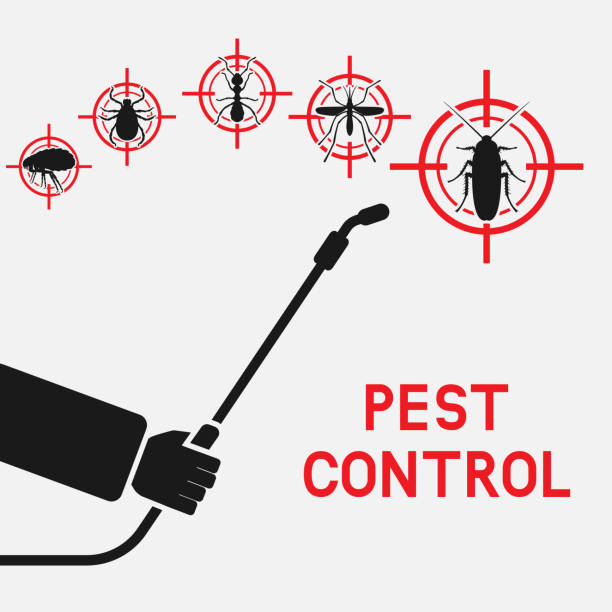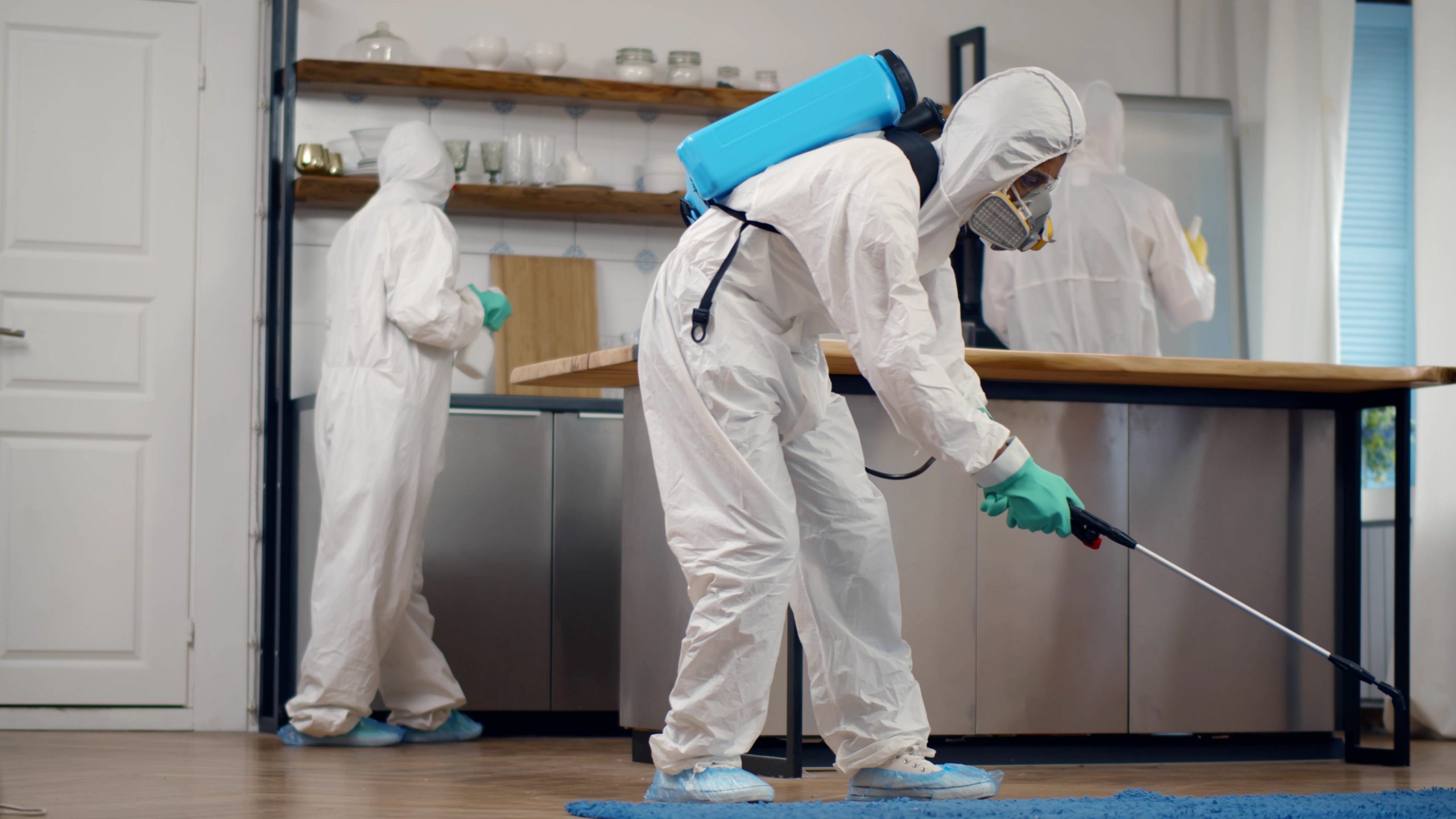Trust Pest Control Lockhart for Long-Lasting Pest Prevention
Trust Pest Control Lockhart for Long-Lasting Pest Prevention
Blog Article
Exploring Infestation and Therapy Methods worldwide of Pest Control
The landscape of bug control includes a myriad of obstacles, particularly as invasions of typical house pests remain to develop. Recognizing the habits and reproductive patterns of these problems is important for creating effective therapy techniques. By integrating preventative procedures with advanced monitoring methods, such as Integrated Pest Management (IPM), home owners can better guard their environments. Nonetheless, the efficiency of these approaches may differ significantly based on certain situations. What hidden variables add to the success or failing of these methods in various settings?

Usual Home Vermin
When it involves managing our living rooms, understanding common family parasites is critical. These bugs not only interrupt our comfort yet can likewise posture health and wellness risks and damage building. The most widespread household bugs include ants, roaches, rats, termites, and bed pests.
Ants, often seen foraging in kitchens, can infect food and establish big colonies. Rodents, consisting of computer mice and rats, can cause architectural damages and bring conditions like hantavirus and salmonella.
Acknowledging the indications of these insects, such as droppings, nests, or attack marks, is vital for early treatment (Pest Control Lockhart). Correct hygiene practices, sealing entrance factors, and preserving a clutter-free environment work preventative actions. By identifying these common house bugs and understanding their actions, home owners can take proactive steps to minimize infestations, making sure a much healthier living setting
Understanding Parasite Infestations
Insect infestations can rise swiftly, transforming a small nuisance into a considerable trouble otherwise addressed promptly. Comprehending the nature of these problems is important for efficient management. Parasites can attack residential and commercial areas for numerous factors, including the look for food, shelter, or breeding premises. Common aspects contributing to problems consist of inadequate sanitation, structural vulnerabilities, and seasonal modifications that drive pests inside your home.
Recognizing the kind of insect is necessary, as various varieties show varied behaviors and reproductive prices. As an example, rats may establish nests in covert locations while insects like cockroaches thrive in wet environments. Early detection often depends upon recognizing signs such as droppings, gnaw marks, or unusual audios, which can indicate a trouble prior to it comes to be serious.
Environmental problems also play an essential role in insect expansion. Warm, damp environments can assist in the quick development of parasite populations, while modifications in landscape design or building and construction can accidentally develop conducive environments. Routine inspections and preventative steps are paramount to minimizing the danger of problems. An educated approach to recognizing these characteristics prepares for reliable bug management approaches in the future.
Therapy Approaches and Methods
Effective treatment approaches and methods are vital for reducing pest infestations and recovering a risk-free environment. A complex approach is often best, including chemical, organic, and mechanical strategies tailored to the particular bug and the seriousness of the infestation.
Chemical treatments go right here consist of making use of pesticides and herbicides, which can efficiently eliminate parasites. Correct application and adherence to safety standards are crucial to reduce risks to people and non-target microorganisms. Integrated Pest Management (IPM) urges the judicious use of chemicals as a last hotel, depending rather on tracking and threshold degrees to determine treatment requirements.
Organic control methods include introducing natural killers or bloodsuckers to minimize parasite populations. This method is significantly popular, particularly in farming settings, as it promotes environmental sustainability.
Mechanical approaches, such as catches and obstacles, offer prompt alleviation from pests content without introducing chemicals. Choices consist of sticky traps for bugs or physical barriers for rats.
Ultimately, the choice of treatment method should consider the certain insect, the atmosphere, and possible influence on human wellness and environments. A well balanced combination of these methods can efficiently manage problems while advertising long-term insect control solutions.
Safety Nets for Homes
Proactively addressing pest concerns prior to they rise is essential for maintaining a healthy home setting (Pest Control Lockhart). Executing efficient precautionary measures can significantly reduce the likelihood of invasions, ultimately protecting both your residential or commercial property and well-being

Correct landscaping likewise plays an important function in avoidance. Keeping shrubs and trees cut away from your house lowers the chances of insects finding their way indoors. Additionally, make certain click that drainage systems are functioning effectively to protect against standing water, which can draw in insects and other insects.
Lastly, routine assessments are a good idea. Frequently examining for indications of parasite activity enables very early treatment. By adopting these preventative procedures, home owners can produce a setting that is much less welcoming to parasites, consequently boosting their overall lifestyle and decreasing the need for considerable bug control treatments.
Business Bug Control Strategies
A comprehensive approach to industrial bug control is vital for businesses intending to preserve a safe and sanitary setting. Reliable approaches involve a mix of regular evaluations, employee training, and the application of Integrated Parasite Management (IPM) methods.
Regular evaluations enable very early discovery of parasite activity, enabling timely intervention. Businesses should establish a routine schedule for these evaluations, concentrating on high-risk areas such as kitchens, storage space rooms, and garbage disposal websites. Staff member training is just as vital; team should be enlightened on the signs of pest invasions and the importance of reporting them right away.
Carrying out IPM methods aids minimize parasite issues sustainably. This includes habitat modification, such as sealing entrance points and minimizing clutter, in addition to employing natural deterrents prior to considering chemical therapies.

Additionally, teaming up with a qualified parasite control provider makes sure access to expert understanding and sophisticated therapy alternatives. This collaboration can lead to personalized bug control plans customized to the particular needs of the organization, reducing risks and improving total efficacy. Ultimately, an aggressive and informed method promotes a pest-free setting, protecting both public wellness and business credibility.
Conclusion
In conclusion, effective bug control necessitates a thorough understanding of common house parasites and their behaviors, combined with targeted therapy approaches. Executing precautionary actions along with treatment strategies such as Integrated Pest Management and organic control improves the capacity to reduce problems.
Report this page